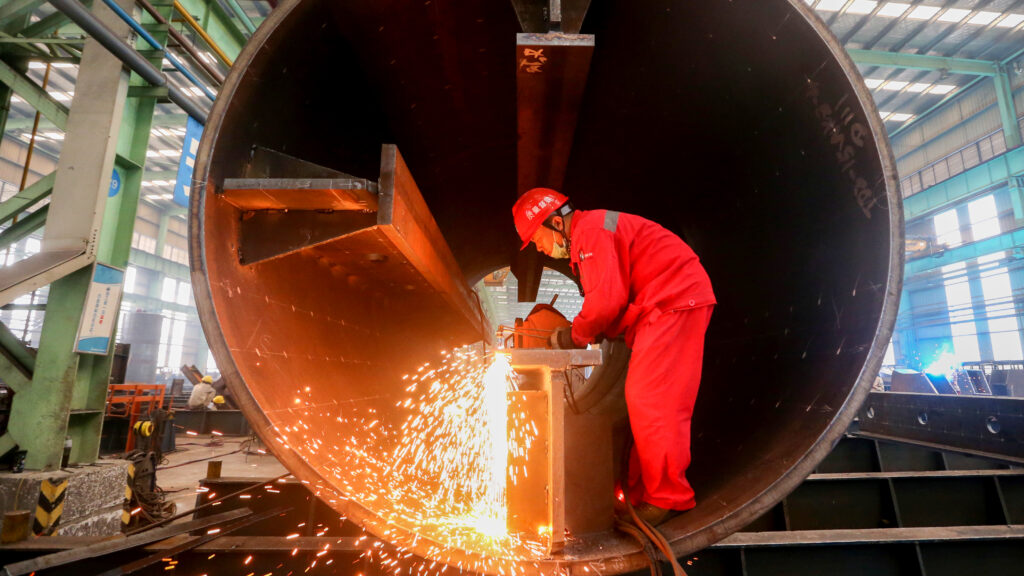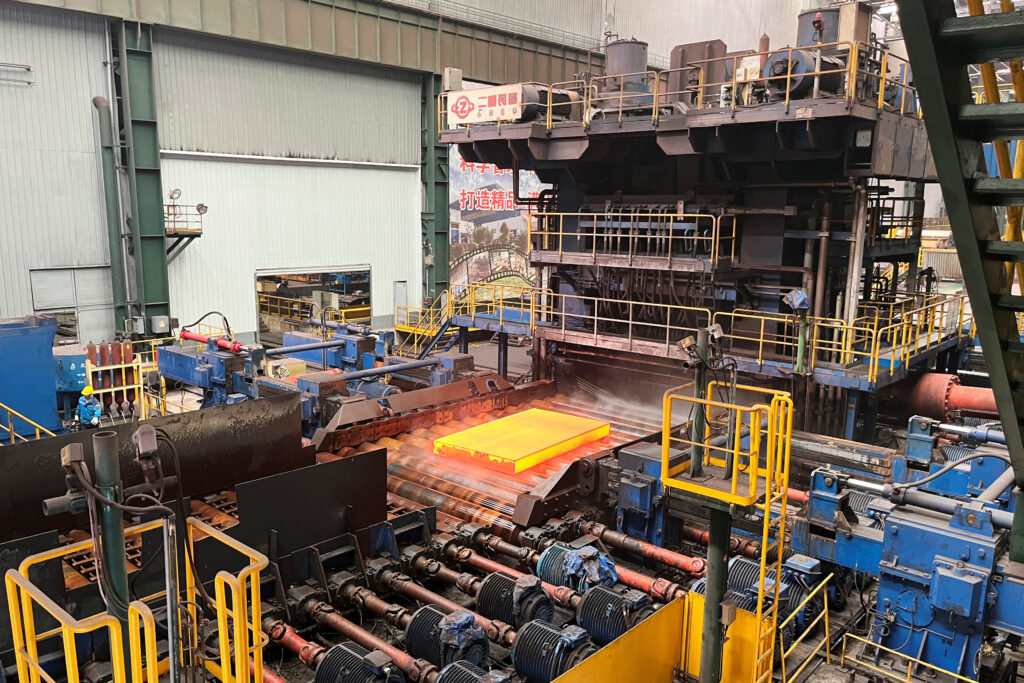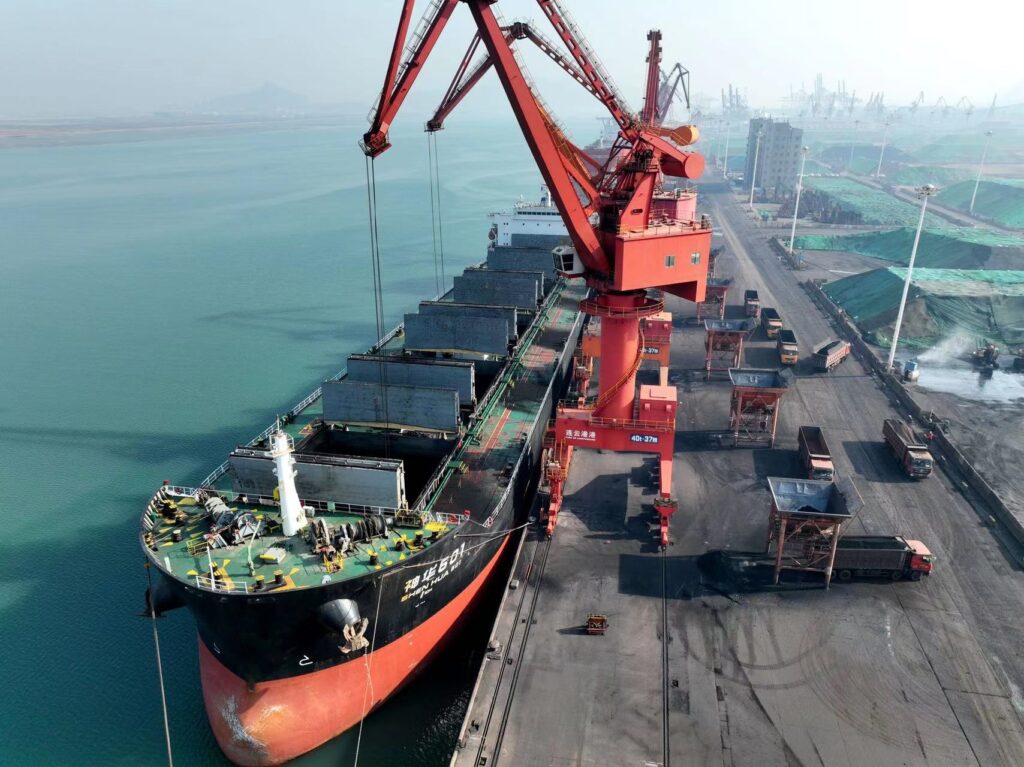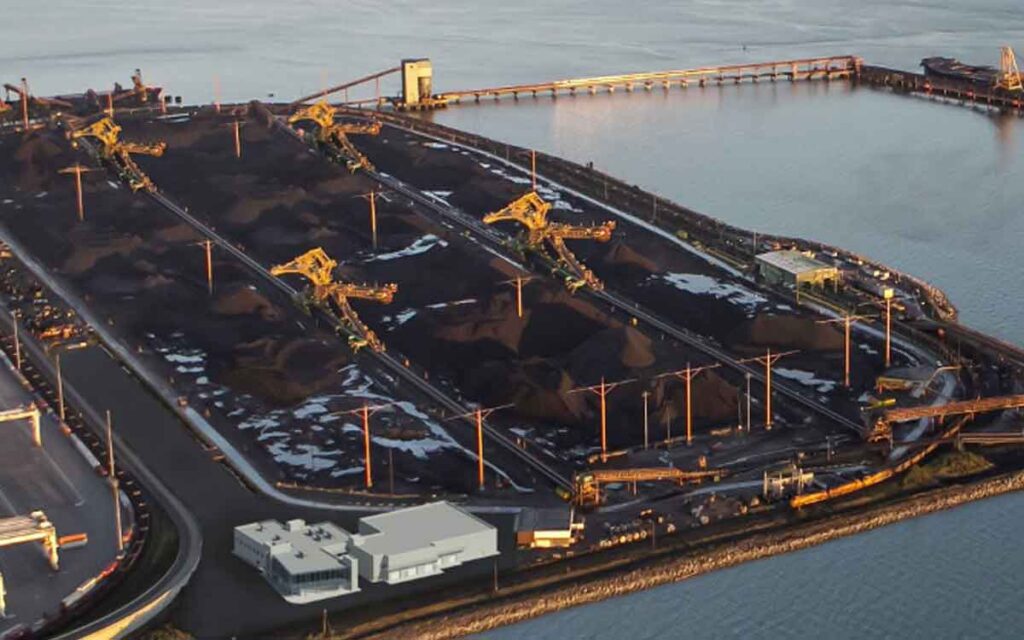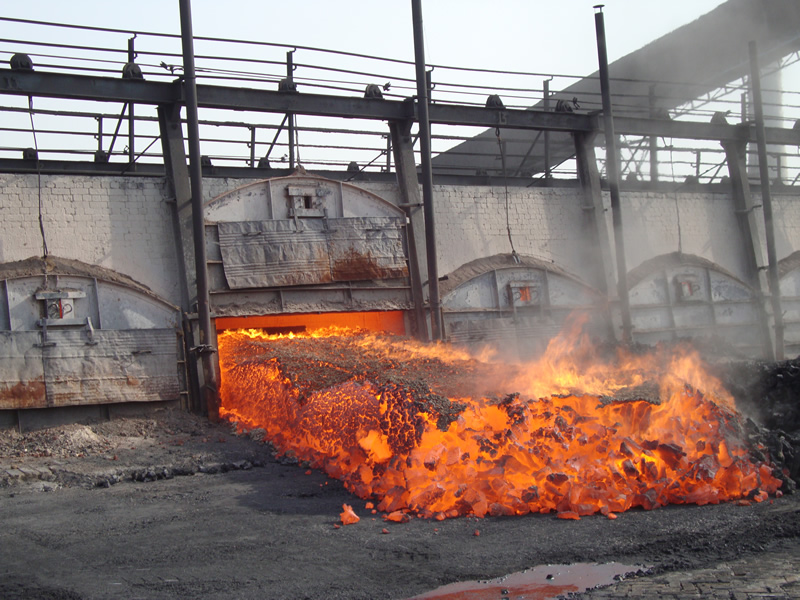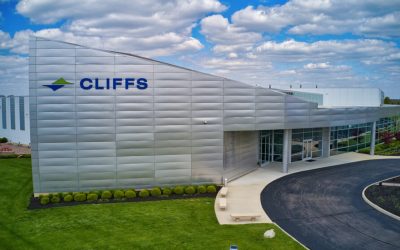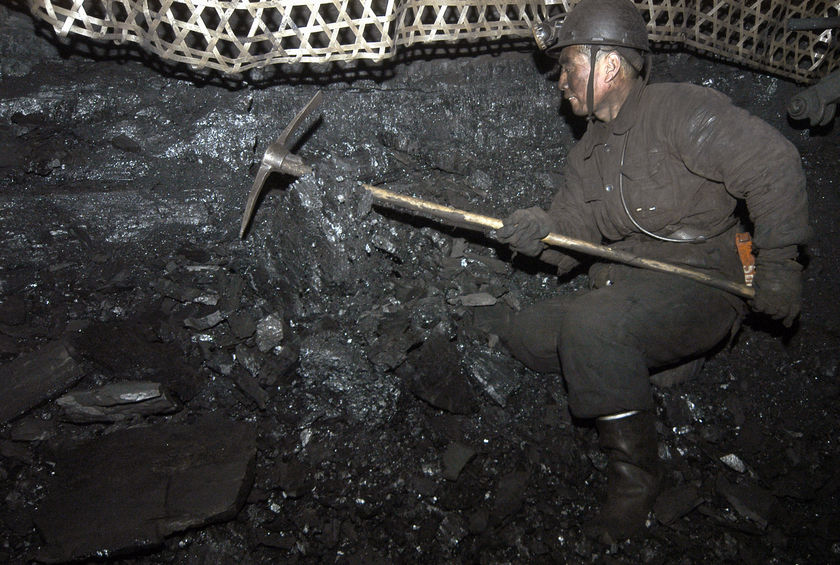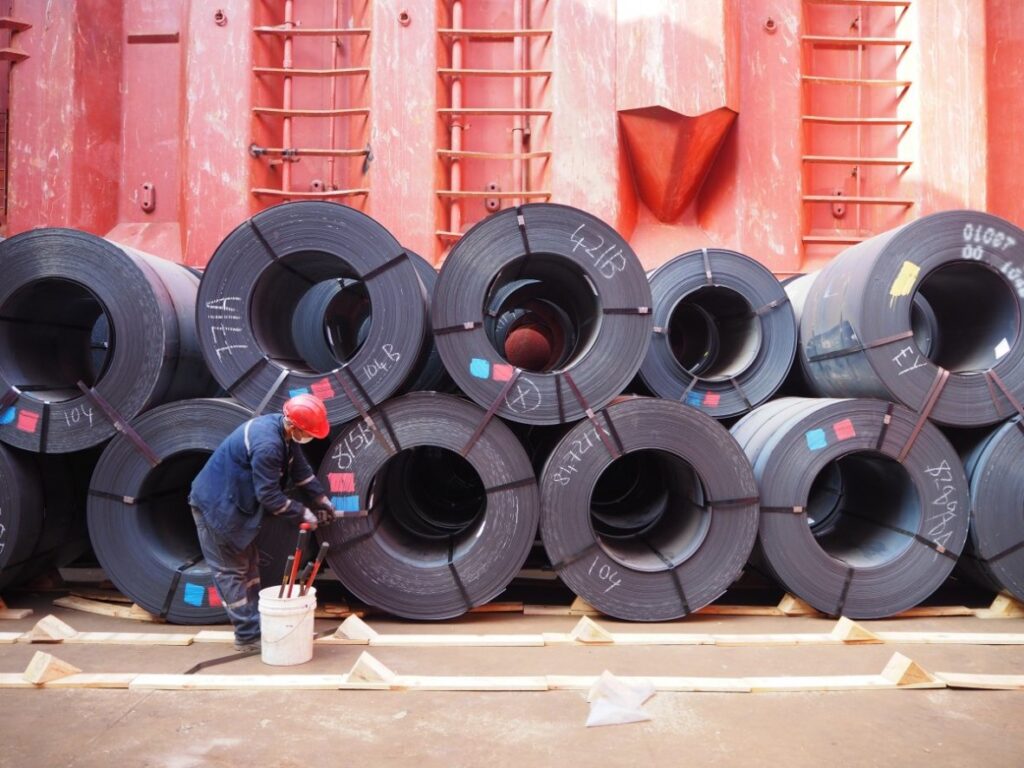April 24, 2024, SMM – The steel industry is witnessing a significant uptick in production as blast furnace operating rates have increased, according to the latest survey by SMM. As of April 24, the average operating rate of blast furnaces at steel mills has risen by 1.04 percentage points week-over-week to 91.98%, with capacity utilization also climbing to 93.31%. This upsurge has propelled the daily average output of pig iron to 2.2304 million metric tons, marking an increase of 32,500 metric tons from the previous week.
Key Developments in Blast Furnace Operations
The increase in operating rates and production output can be attributed to several strategic operational adjustments within the industry:
- Resumption of Production: The survey period saw 12 blast furnaces resuming production and one new blast furnace entering production.
- Maintenance Slowdown: Only three blast furnaces underwent overhauls, reflecting a significant slowdown in maintenance activities, which contributed to the higher operational rates.
- Increased Production Enthusiasm: Improved terminal demand for steel and decent profit margins at steel mills have spurred increased production enthusiasm, leading to a concentrated resumption of previously overhauled blast furnaces.
Future Outlook
Despite the current positive trends, the steel industry faces potential challenges that could impact future production:
- Maintenance and Profits: The ongoing slowdown in blast furnace maintenance is expected to continue driving pig iron output. However, the third round of coke price increases, set for the upcoming week, along with rising prices for other raw materials, may compress profit margins at steel mills.
- Operational Adjustments: These cost pressures could potentially lead to a lower-than-expected operating rate and pig iron output in the near term, as mills adjust to the evolving economic landscape.
Central China’s Steel Mills: An Expanding Production Landscape
The production landscape in central China is also experiencing robust growth, particularly in the production of rebar and wire rod:
- Rebar Production: During the week of April 16-22, rebar output continued to rebound. Steel mills in Hubei, returning to normal operations, saw an increase in production days and output. Similarly, electric furnace plants in Hubei and Henan ramped up operating hours due to improved profits, contributing to the overall increase.
- Wire Rod Production: The operating rate and capacity utilization rate for wire rod production also saw gains. Mills in Hunan and Henan resumed wire rod rolling lines, with overall output continuing to rise due to favorable coil benefits at some electric furnace steel mills.
Inventory and Market Dynamics
- Rebar and Wire Rod Inventory: Despite increased production, inventory levels for rebar continued to decline, driven by normal downstream purchasing and preparations for the upcoming Labour Day holiday. Conversely, the production of coiled rebar was small, and inventory levels dropped, while wire rod production saw a slight slowdown in destocking.
Challenges in Electric Arc Furnace Operations
While blast furnaces are ramping up, electric arc furnace (EAF) operations, which mainly produce rebar, are facing their own set of challenges:
- EAF Operating Rates: As of April 23, the operating rates for 50 electric arc furnace steel mills stood at 36.56%, only a slight increase from the previous week. The capacity utilization rate saw a marginal gain to 37.32%.
- Profitability Concerns: Despite these modest increases, achieving profitability remains challenging for EAF operators, reflected in the limited increase in daily average rebar output of 600 metric tons week-over-week.
Conclusion
The steel industry, particularly in China, is showing signs of vigorous activity with increased blast furnace and electric arc furnace operations. However, the sector remains cautious about the potential for reduced profits due to rising raw material costs and ongoing economic pressures. Moving forward, steel mills will need to navigate these challenges strategically to maintain productivity and profitability in a fluctuating market.
Source: SMM
By Coal Newswire, AI generated

